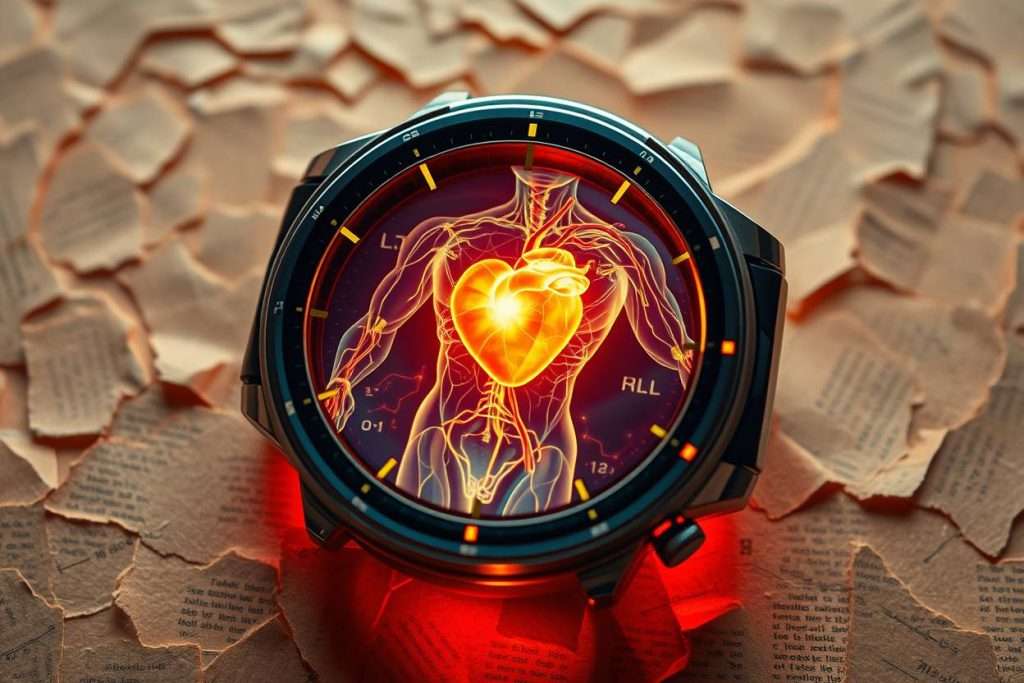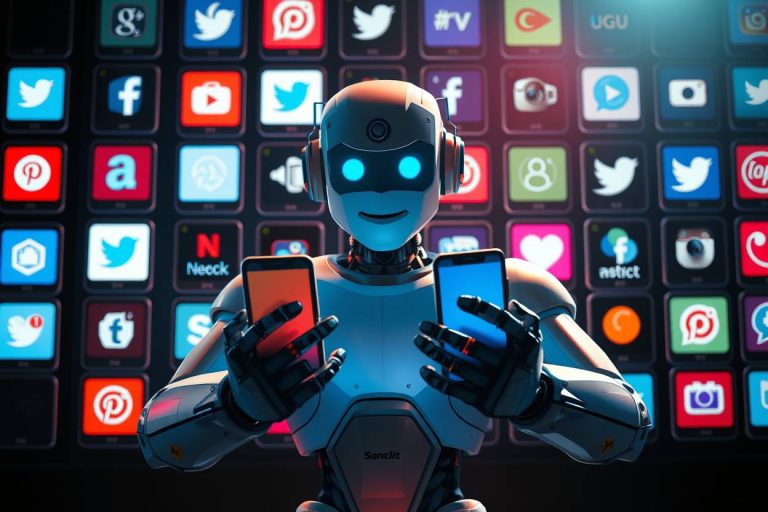Adding AI to Wearable Systems: Problems and Proposals

The portable gadgets are gradually turning into the way of our life. Fitness tracker, smartwatch, a medical device, or even a fancy health monitor, wearable technology has changed how we connect to the world around us. These devices are highly sensitive to data collection and real-time analysis and this is where Artificial Intelligence (AI) enters the scene.
AI can improve wearable systems as it can offer predictive analytics, optimize the performance, and even automate the tasks that can be used to monitor health, personalize fitness advice, and other tasks. Nevertheless, the implementation of AI in wearables is also a challenging task because the latter lack processing capacity, battery, and memory. In this article, we are going to discuss the difficulties of integrating AI into wearables and how Embrox Solutions, as the company that specializes in wearable device app development, addresses these difficulties to produce the efficient and effective AI-powered wearables.
Understanding Wearable Devices and AI Integration
By definition, wearable devices are miniaturized, mobile devices that are worn on the body. These gadgets are available in different forms such as smart watches, fitness trackers and health sensors and even clothes with embedded technology. AI in these devices enables them to measure data, as well as analyze it intelligently to give actionable information and automate the process.
Wearable AI has a variety of functions. It processes sensor information, makes predictions and even acts independently. As an example, AI algorithms may be used in health monitoring to predict the possible health risks relying on the real-time data and allow taking proactive measures. Also, AI makes such devices adaptive, offering a personal user experience and becoming better over time with machine learning.
Nevertheless, the effective implementation of AI into wearable gadgets requires paying particular attention to the hardware of the device. Wearables should be able to operate in real-time, have limited power and storage resources as well as have a user-friendly interface.
Challenges in Integrating AI into Wearables

Despite the tremendous potential of AI in wearable devices, several challenges must be overcome to ensure efficient integration:
| Challenge | Description | Impact |
| Hardware Limitations | Limited processing power, memory, and battery life in wearable devices. | Restricts the complexity of AI algorithms and the device’s overall functionality. |
| Data Privacy and Security | Handling sensitive data like health metrics securely. | Failure to protect data can lead to breaches and loss of user trust. |
| Algorithm Accuracy and Reliability | Ensuring AI models provide accurate and consistent predictions. | Poor accuracy may lead to faulty predictions and reduced user trust. |
| User Acceptance and Trust | Overcoming skepticism and ensuring users trust the AI-driven device. | Lack of user trust can hinder adoption and usage of the device. |
Embrox Solutions’ Approach to Overcoming Challenges
Embrox is committed to develop AI integrated wearable devices that go hand in hand with their special challenges regarding design and operation. They want to make sure that the devices they create are not only the best performing but also secure and reliable to the user.
Innovative Hardware Design:
In the case of wearable devices, efficiency is a key priority. Hardware is designed to support AI capabilities without compromising performance. With a strong focus on power reduction and improved processing efficiency, AI-related features can remain both effective and sustainable. The balance between functionality and device limitations is achieved through the use of low-power processors and energy-efficient components.
Data Security Measures:
Protecting sensitive data is especially critical in wearable devices used for healthcare. To ensure data security, best practices such as end-to-end encryption, encrypted storage, and adherence to industry security standards are implemented. Local data processing helps minimize risks associated with data transmission, while advanced authentication procedures further safeguard against potential breaches.
AI Algorithm Development:
A wearable-specific strategy to AI development ensures that data collected from users is processed accurately and translated into meaningful insights. Collaborations with health professionals, fitness experts, and end users help align data interpretation with real-world needs. AI models are continually refined through machine learning, allowing them to adapt to evolving user behaviors and deliver improved performance over time.
User-Centric Design:
Embrox pays particular attention to the development of user-friendly and intuitive wearable devices. This plays a key role in making AI features accessible and relevant to everyday users. Practical applications, such as personalized fitness guidance, health alerts, and actionable insights, are prioritized to enhance real-world value. The goal is to design wearables that feel natural and immersive, enabling users to interact seamlessly with the technology and unlock its full potential.
Case Study: Wearable AI Solution of Embrox
Among the remarkable projects that Embrox has been involved in is a wearable health-monitoring gadget, which targets elderly patients. The device monitors heart rate, blood oxygen and sleeping patterns. It also incorporates AI to forecast the possible health risks, including heart attacks or strokes, on the basis of real-time data analysis.
Challenges Faced:
The major obstacles were associated with the necessity to work with great quantities of real-time information and to use few power and processing resources. Also, it was necessary to keep the predictions of AI accurate, and the device should be lightweight and comfortable to wear every day.
Solutions Implemented:
Embrox has introduced a proprietary, low-power AI chip that enabled it to run data analysis efficiently without consuming the battery. We also came up with a data-driven AI algorithm that could accurately forecast possible health risks based on their learning of individual user data. The device was created to notify health care providers or family members of the presence of anomalies and thus intervene in time.
Results and Effect:
The gadget was able to identify the early symptoms of health challenges among users so that medical solutions could be offered much quicker. Satisfaction levels were high and the patients found it very comfortable and simple to use whereas the healthcare providers enjoyed having real-time data in their fingertips. This project is a good example of what Embrox can do to develop AI-enabled wearables, which are efficient and effective in enhancing the health and safety of the users.
The Trends of AI and the Wearable Devices in the Future

Wearable devices are reaching their new boundaries, and the technology is rapidly improving, concerning real-time data processing, AI algorithms, and system integration as AI technology continues to evolve. The next generation of wearables will use more sophisticated machine learning algorithms, including reinforcement learning and neural networks, to provide very personal experiences. Furthermore, wearables will be more interconnected with such technologies as IoT and 5G, which will benefit data processing and usability in general. Wearables are going to be essential in the healthcare industry to prevent and treat diseases and will continue to spread to fitness, mental health, and personal safety.
Key Trends in wearable systems:
- Real-Time Data Processing: The AI algorithms will improve to process more sophisticated information and wearables can provide individualized user experiences.
- Connection with IoT and 5G: The wearables will be able to interact with other devices and come with enhanced connectivity to make them more functional and provide the user with better experience.
- Healthcare Applications: The wearables will be created to detect and prevent health problems and offer proactive care and improved disease management.
- Other Industries: Wearables will become more and more utilized in fitness, mental health and personal safety, demonstrating their flexibility.
Conclusion
One of the major challenges of the integration of AI and wearable devices is the possibility of limiting hardware capabilities and data security. Nevertheless, it also provides a lot of opportunities to disrupt such industries as healthcare, fitness, and personal safety.
With the development of the technology, such companies as Embrox Solutions are opening the way to even more advanced, user-friendly, and effective wearable solutions. Companies seeking to implement AI in wearable devices should collaborate with established professionals to create sustainable and dependable applications that will yield a long-term value and help in the progressive development of wearable technology.




